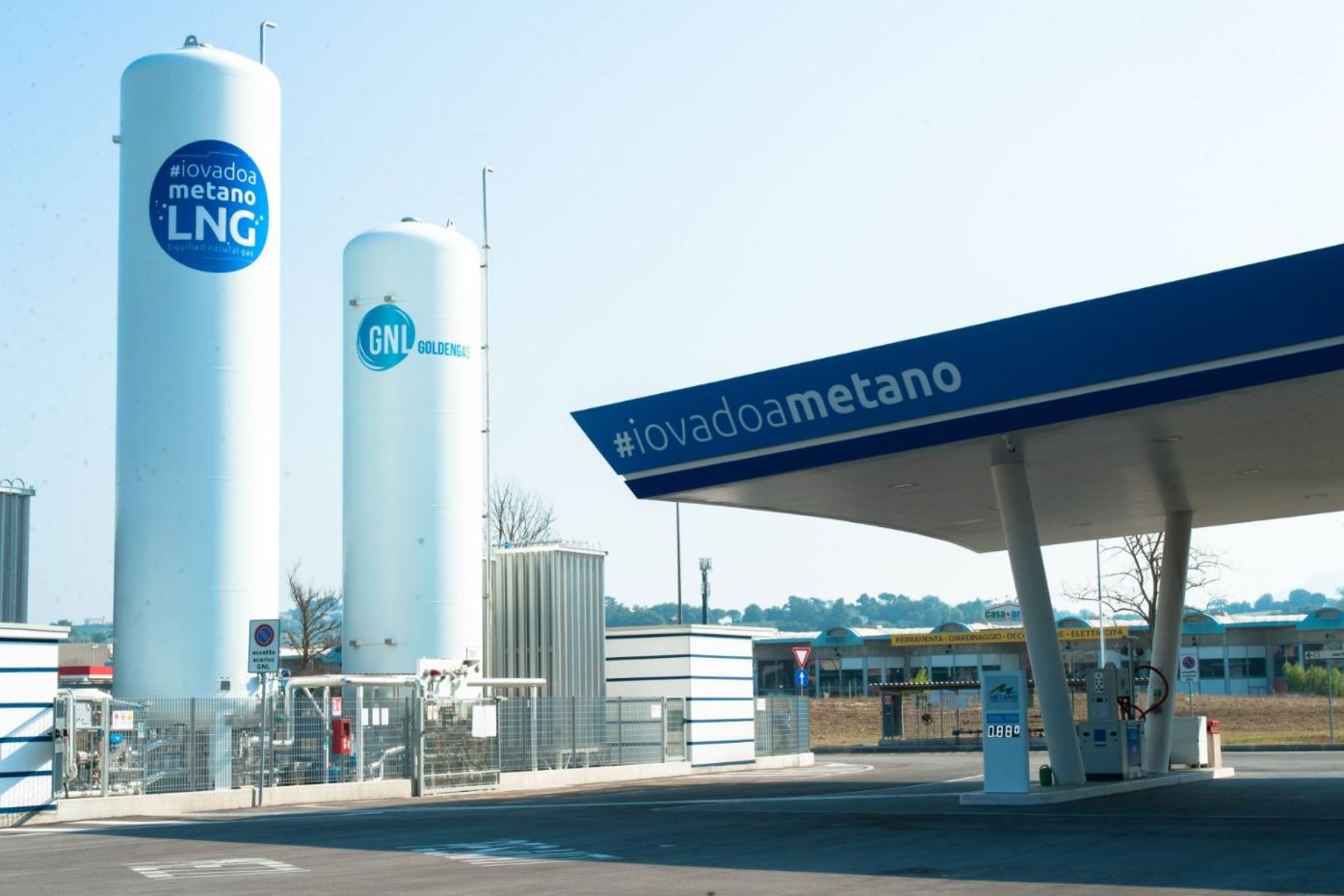Italian energy firm Snam is joining forces with compatriot chemical group Siad to develop projects in the small-scale and mid-scale liquefaction sector.
Snam said on Wednesday the aim of the framework deal is to “foster the use of LNG and bio-LNG as alternative fuels for sustainable mobility and other end uses.”
In addition, the two partners aim to build small and medium-sized plants for the liquefaction of natural gas and biomethane on a global scale, on behalf of third-party customers.
The duo plans modular and standardised plants, with capacities ranging from 50 kilo-tonnes per year to 100 ktpa in the case of small-scale plants, and from 200 ktpa upwards for mid-scale plants, Snam said.
Moreover, Snam said the plants would use Italian technology, based on an “energy-optimised cryogenic nitrogen cycle through the use of two machines (expanders/compressors).”
These plants allow the transformation of methane from a gaseous to a liquid state and represent an “ideal solution” to enable energy transition on global markets thanks to their price competitiveness, Snam said.
According to the Italian firm, the savings compared to a traditional solution could reach as much as 30% of the cost of the plant.
“With this agreement, Snam is entering the liquefaction infrastructure sector, which will be key to enable sustainable mobility by road, rail and potentially sea, as well as decarbonising other energy uses,” Marco Alverà, CEO of Snam, said.
“LNG, especially in its ‘bio’ version, makes it possible to reduce both polluting and CO2 emissions, making a decisive contribution to air quality and the fight against climate change, and to boosting the circular economy, optimising the management of the waste cycle and agricultural and food waste,” he said.
First project in the making
As part of the collaboration between Snam and Siad, the duo plans to launch a small-scale project in Campania this year, with a capacity of 50 ktpa.
The project has already obtained European funding, Snam said.
The plants, which will be operated by Snam, will also ensure the security of LNG and bio-LNG supply to other regions of southern Italy, shortening the chain between supply and end-users, but also serving a rapidly growing market, it said.
LNG trucks have registered quite an increase in Italy in the last five years from fewer than 100 to about 3,500 units. Furthermore, there are now more than 100 filling stations in the country, according to consultancy REF-E.
“Thanks to their versatility, liquefaction plants, in addition to fuelling sustainable mobility, will also be functional for other uses, such as converting power generation from diesel to natural gas and some energy-intensive industrial processes,” Snam said.
Snam added the framework deal is likely subject to subsequent binding agreements.

